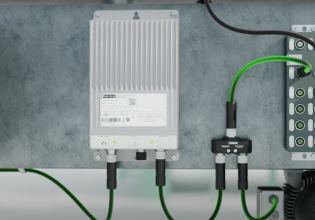T
Does a MODBUS AI (MAI) make sense?? Because MODBUS is a digital protocol, data is sent in a specific BYTE format, how can it be analog?
The question arose because I saw somewhere a PLC talking to DCS on MAI (I/O type - MAI; Signal type - Serial).
The question arose because I saw somewhere a PLC talking to DCS on MAI (I/O type - MAI; Signal type - Serial).






